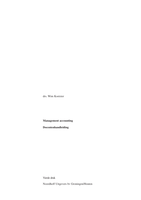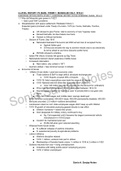Exam (elaborations)
(BU) CAS EC 101 - Introductory Microeconomic Analysis - Midterm Exam 1 Guide 2024
- Module
- Education
- Institution
- Boston University
(BU) CAS EC 101 - Introductory Microeconomic Analysis - Midterm Exam 1 Guide 2024(BU) CAS EC 101 - Introductory Microeconomic Analysis - Midterm Exam 1 Guide 2024(BU) CAS EC 101 - Introductory Microeconomic Analysis - Midterm Exam 1 Guide 2024
[Show more]












